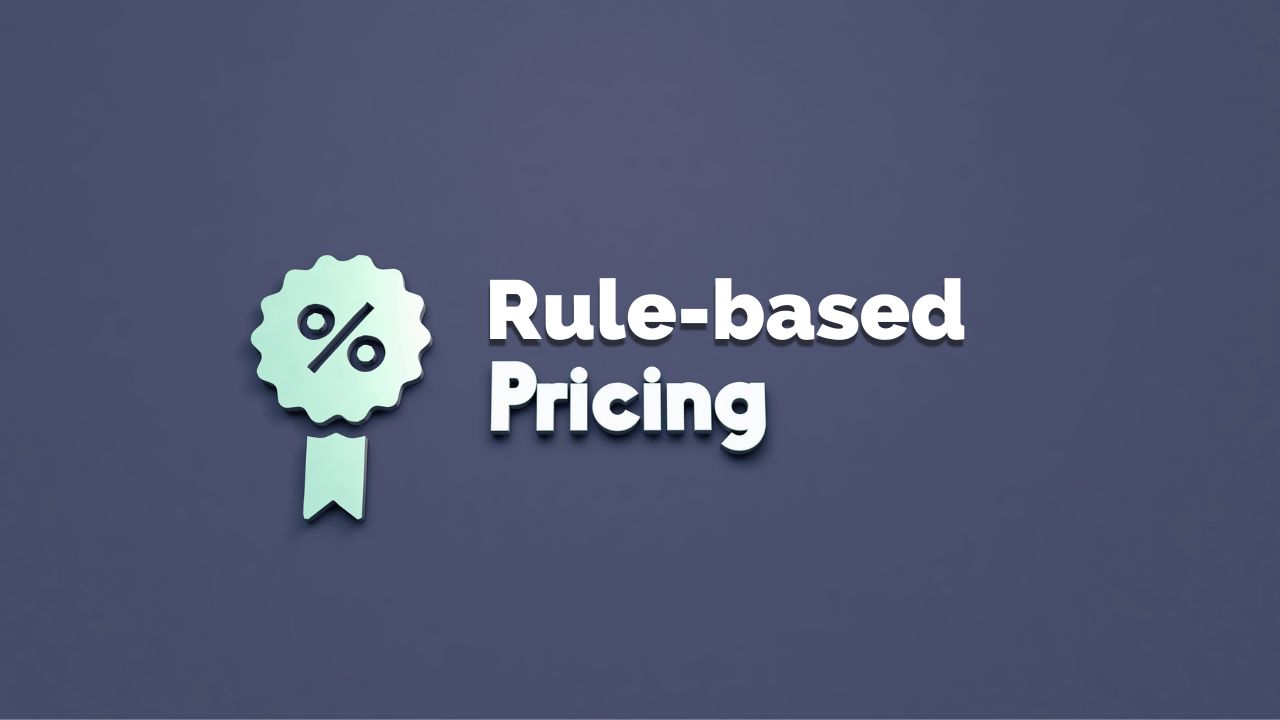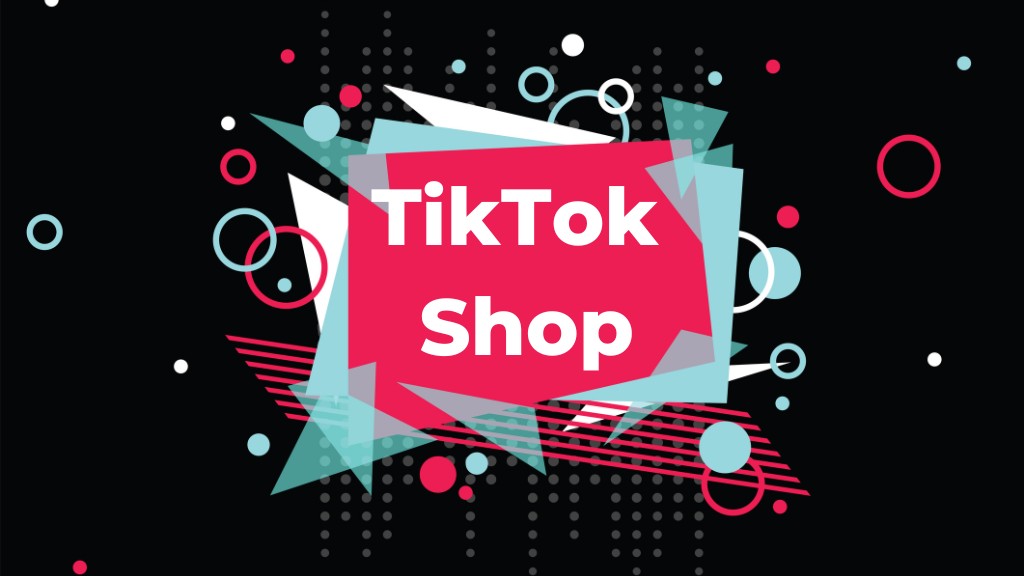

Amazon Native Brands (ANB) are brands explicitly created to sell new products through the marketplace. They use Amazon as their primary and almost only sales channel, focusing their efforts on improving their positioning and reputation within this marketplace. It’s an easy way to expand your business by creating new, unique brands to sell products on Amazon or to start selling online for the youngest companies. In both scenarios, you should understand the benefits of this sales channel and assess its compatibility with the business and pricing strategy you have designed. From Minderest, we tell you the pros and cons.
Amazon Native Brands’ main goal is to increase profits on the marketplace and then make the leap to other sales channels, once they have achieved a significant positioning in the users’ minds. A well-known example in Spain is the growth experienced by the Spanish appliance brand, Cecotec, which was born on Amazon. Cecotec was at the top of consumers’ minds due to the product quality and the many positive reviews from satisfied customers.
Initially, significant investment in Amazon ads is key to making products known, which the marketplace rewards with better brand positioning. Alongside this, brands must organise the product catalogue effectively and attractively and ensure a good shopping experience to boost customer return and loyalty.
Pros and cons of Amazon Native Brands
On the positive side, starting to sell your products on Amazon is quick and easy. All you have to do is follow the steps outlined by the marketplace itself and include product pages based on your inventory and sales targets. It is also a business model one can manage from anywhere in the world, whether urban or rural.
In turn, these new Amazon native brands benefit from the marketplace’s great renown, and the confidence that users place in the sales portal. Fundamentally, their products gain wide visibility among the millions of Amazon registered users who enter their website every day.
As an added value, most Amazon Native Brands often rely on FBA or Fulfilment by Amazon for logistics management. This frees them from the costs associated with shipping and distributing products, and handling returns.

Possible negatives of Amazon’s native brands
On the other hand, one of the cons which is most likely to affect the growth of brands within Amazon is the scant information they receive about consumers. Users are from Amazon and when they register, they transfer their data to the marketplace, not brands. Building and segmenting the customer database is more complicated than in one’s own e-commerce business. Therefore, marketing campaigns, adverts and personalised offers should be directed to customers through the marketplace itself.
Amazon also imposes strict policies on its sellers to ensure user satisfaction. These include meeting agreed delivery times or ensuring that the quality of the products is as customers expect. Just as users buy because they trust Amazon, they will blame the marketplace first if something goes wrong. The American behemoth seeks to avoid this situation at all costs.
Despite this, Amazon Native Brands offer companies an opportunity to expand their online business and optimise sales. Competitive pricing is essential to go up against competitors, including Amazon itself, to achieve this goal. One effective way to accomplish this is using price monitoring software that automatically tracks competing companies’ price variations within the marketplace.
Find out how Minderest can take your business to the next level.
Contact our pricing experts to see the platform in action.
Related Articles

Rule-based pricing: what it is, and how to implement this strategy
Rule-based pricing is now a key price management tool in the retail sector. Its automated abilities and adaptability make it worth its weight in gold for brands and distributors that want to improve...
Triumph on TikTok Shop: Pricing strategies to sell more
TikTok Shop is revolutionizing eCommerce. This new platform allows content creators to sell products directly to their followers, offering a unique opportunity to reach a massive audience and...